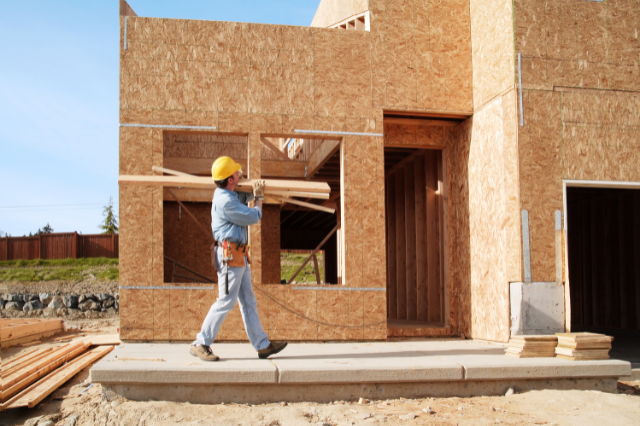Building your dream home is an exciting milestone—but without proper planning, it can quickly become overwhelming and expensive. From setting a realistic budget to choosing energy-efficient features, every decision you make during the planning stage plays a crucial role in the final outcome. To help you get started, here’s a detailed guide to the key things to plan before you break ground on your dream house.
1. Establish Your Budget and Financing
The first and most critical step is defining your budget. This includes not just construction costs but also land acquisition, permits, architectural fees, landscaping, interior furnishings, and contingency reserves. Experts recommend setting aside at least 10–15% of your total budget for unexpected costs.
For example, if your estimated build cost is $300,000, an additional $30,000–$45,000 should be earmarked for contingencies. Talk to your bank or lender early to explore mortgage or construction loan options.
2. Understand Local Building Requirements
Before drawing up plans, research your local zoning regulations, setback rules, and building codes. These requirements will determine:
- How close your home can be to the property lines
- Maximum building height
- Septic and water system rules
- Energy efficiency mandates (depending on your region)
Ignoring these regulations can lead to costly revisions or construction delays. A quick visit to your local planning office or hiring a builder familiar with local codes can save time and stress.
3. Design a Functional Floor Plan
Your floor plan should reflect your lifestyle today—and in the future. Consider how many bedrooms and bathrooms you’ll need, whether you want open or separated living spaces, and how the layout will function day to day.
For example, a young couple planning to grow their family may want a flex room that can be converted into a nursery later. A retiree may prioritize a single-story layout to avoid stairs.
Also, don’t forget practical features like storage, closet space, and access to natural light. A well-designed floor plan can increase your home’s resale value by up to 12%, according to Zillow research.
4. Plan for Energy Efficiency
Energy efficiency isn’t just eco-friendly—it’s a smart long-term investment. Installing quality insulation, energy-efficient windows, and sustainable HVAC systems can reduce utility bills by 20–30%.
One smart option for insulation is Slabmate insulation, which helps insulate beneath concrete slabs, reducing heat loss through the foundation. Combining this with soundproof insulation in the walls and ceilings not only boosts energy efficiency but also increases comfort and privacy.
Additional tips:
- Use double or triple-glazed windows
- Choose ENERGY STAR® appliances
- Install programmable thermostats
- Consider solar panels or a solar water heater
5. Pick the Right Materials
Your material choices affect everything from the look and feel of your home to its maintenance and lifespan. While you may be tempted to cut costs by choosing cheaper materials, investing in quality will pay off in the long run.
For example:
- Engineered wood or fiber cement siding lasts 30–50 years
- Metal roofing can last over 40 years with little maintenance
- Quartz countertops resist stains and require less upkeep than granite or marble
Sustainable materials like bamboo flooring or recycled steel framing are not only environmentally friendly but also appeal to future buyers.
6. Choose the Right Builder or Contractor
A reliable builder or contractor can make or break your home-building experience. Look for professionals with:
- A strong portfolio and local references
- Up-to-date licenses and insurance
- Transparent contracts and timelines
- Good communication habits
Don’t hesitate to ask questions, read reviews, or compare quotes from at least three contractors before making a decision.
7. Think Long-Term with Technology and Flexibility
Smart home technology is no longer a luxury—it’s becoming a standard. Pre-wiring your home for smart lighting, security systems, and energy monitoring can boost convenience and resale value.
Also, plan for adaptability. Install conduit pipes to accommodate future cable runs, maintain attic access for potential HVAC updates, or design a room that can adapt as your needs change.
Final Thoughts
Your dream home deserves more than a beautiful exterior—it should also be practical, sustainable, and tailored to your lifestyle. By carefully planning your budget, understanding local rules, creating a thoughtful floor plan, and investing in energy efficiency and durable materials, you set the foundation for a home that not only looks amazing but feels right for decades to come.
Take your time, do your research, and don’t rush the planning stage. After all, a well-planned home is a happy home.





